Home>Furniture & Design>Interior Design Trends>How Do You Frost Glass
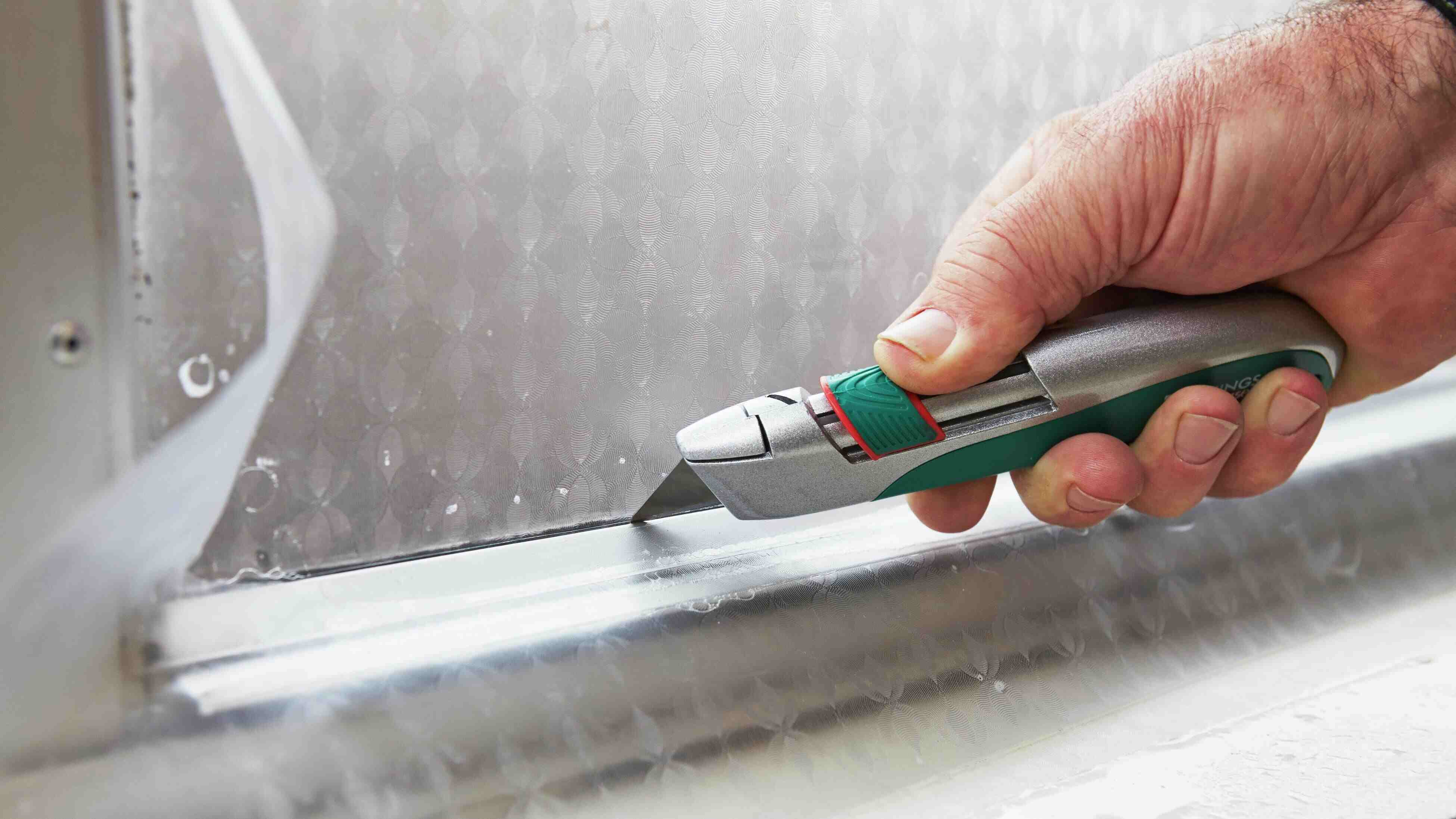

Interior Design Trends
How Do You Frost Glass
Published: February 4, 2024
Learn how to frost glass to keep up with the latest interior design trends. Discover the best techniques for achieving a modern and stylish look.
(Many of the links in this article redirect to a specific reviewed product. Your purchase of these products through affiliate links helps to generate commission for Storables.com, at no extra cost. Learn more)
Introduction
Frosting glass is a popular technique that adds a touch of elegance and privacy to windows, doors, and other glass surfaces. Whether you want to create a more intimate atmosphere in your home or add a decorative element to your space, frosting glass can be a simple yet effective solution. This versatile method allows you to achieve various levels of opacity, from lightly frosted to fully opaque, depending on your preferences and needs.
Frosting glass can be achieved through different methods, each offering its own unique advantages and results. From using frosted glass spray to etching cream and sandpaper, there are several approaches to achieve the desired frosted effect. Each method provides a distinct texture and appearance, allowing you to customize the look of your glass surfaces to complement your interior design style.
In this comprehensive guide, we will explore the various techniques for frosting glass, including the materials needed and step-by-step instructions for each method. Whether you're a seasoned DIY enthusiast or a novice looking to embark on a home improvement project, mastering the art of frosting glass will empower you to transform ordinary glass surfaces into stunning focal points within your living space. So, let's delve into the world of glass frosting and discover the creative possibilities it offers for enhancing your home decor.
Key Takeaways:
- Transform ordinary glass surfaces into stunning focal points by mastering the art of frosting glass using spray, cream, or sandpaper. Customize opacity and texture to complement your interior design style.
- Elevate the visual appeal of your living space with frosted glass. Whether adding privacy to windows or creating decorative elements, explore versatile methods for achieving personalized and elegant frosted effects.
Read more: How To Frost Glass
Materials Needed
Frosting glass is a versatile and creative way to enhance the aesthetic appeal and functionality of glass surfaces in your home. Before embarking on the process of frosting glass, it's essential to gather the necessary materials to ensure a smooth and successful application. The specific materials required may vary depending on the method you choose to achieve the frosted effect. Here's a comprehensive list of materials commonly needed for frosting glass using different techniques:
Using Frosted Glass Spray
- Frosted glass spray: This specialized spray is designed to create a frosted appearance on glass surfaces. It is available in various brands and can be found at hardware stores or online retailers.
- Glass cleaner: Before applying the frosted glass spray, it's crucial to clean the glass surface thoroughly to remove any dirt, dust, or residue that may affect the adhesion of the spray.
- Painter's tape: To protect surrounding areas from overspray, painter's tape is essential for creating clean and precise edges on the glass surface.
- Newspaper or drop cloth: Covering the surrounding area with newspaper or a drop cloth will prevent any accidental overspray from reaching nearby surfaces.
Using Etching Cream
- Etching cream: This specialized cream contains chemicals that react with the glass surface to create a frosted effect. It is important to choose a high-quality etching cream for optimal results.
- Stencil or vinyl decal: If you wish to create a specific design or pattern on the glass, a stencil or vinyl decal can be used to guide the application of the etching cream.
- Rubber gloves: When working with etching cream, it's essential to protect your skin by wearing rubber gloves to avoid direct contact with the chemical.
Using Sandpaper
- Fine-grit sandpaper: For a more traditional and hands-on approach to frosting glass, fine-grit sandpaper can be used to manually roughen the glass surface and create a frosted appearance.
- Glass cleaner: Similar to the process of using frosted glass spray, cleaning the glass surface is crucial before sanding to ensure a smooth and even texture.
By gathering these essential materials, you'll be well-prepared to embark on the process of frosting glass using your preferred method. Each technique offers its own unique advantages and results, allowing you to customize the appearance of your glass surfaces to suit your personal style and design preferences.
Read more: What Do You Cover Mums With For Frost
Methods for Frosting Glass
Frosting glass offers a versatile way to enhance the visual appeal and functionality of glass surfaces in various settings. Whether you're looking to add privacy to windows, create decorative elements on glass doors, or personalize glassware, there are several methods for achieving the desired frosted effect. Each technique provides distinct textures and finishes, allowing you to customize the appearance of glass to suit your specific needs and design preferences. Let's explore the three primary methods for frosting glass:
Using Frosted Glass Spray
Frosted glass spray is a popular and convenient method for achieving a frosted effect on glass surfaces. This specialized spray is designed to adhere to glass, creating a translucent, frosted appearance. The process typically involves cleaning the glass surface to remove any dirt or residue, followed by the application of the frosted glass spray. To ensure clean and precise edges, painter's tape is used to mask off surrounding areas, and a newspaper or drop cloth is employed to protect nearby surfaces from overspray. Once applied, the frosted glass spray dries to create an elegant frosted finish, offering varying levels of opacity based on the number of coats applied.
Using Etching Cream
Etching cream provides an effective method for achieving a permanent frosted effect on glass surfaces. This specialized cream contains chemicals that react with the glass, creating a frosted appearance through a process of chemical etching. When using etching cream, it's essential to prepare the glass surface by thoroughly cleaning it and applying a stencil or vinyl decal if a specific design or pattern is desired. The etching cream is then carefully applied to the glass, following the instructions provided by the manufacturer. After the designated etching time, the cream is rinsed off, revealing a beautifully frosted surface with a smooth, tactile finish.
Using Sandpaper
For a more hands-on and traditional approach to frosting glass, fine-grit sandpaper can be used to manually roughen the glass surface, creating a frosted effect. This method allows for precise control over the level of opacity and texture of the frosted finish. After cleaning the glass surface, the sandpaper is gently and evenly rubbed across the glass, creating a subtle, frosted appearance. This technique is ideal for achieving a customized frosted effect, particularly for smaller glass items or intricate designs.
Each method for frosting glass offers its own unique advantages and results, allowing you to personalize the appearance of glass surfaces to complement your interior design style. Whether you prefer the convenience of frosted glass spray, the permanence of etching cream, or the hands-on approach of sandpaper, mastering the art of frosting glass empowers you to transform ordinary glass surfaces into stunning focal points within your living space.
Read more: How To Clean Frosted Glass
Using Frosted Glass Spray
Frosted glass spray is a popular and convenient method for achieving a frosted effect on glass surfaces. This specialized spray is designed to adhere to glass, creating a translucent, frosted appearance. The process typically involves cleaning the glass surface to remove any dirt or residue, followed by the application of the frosted glass spray. To ensure clean and precise edges, painter's tape is used to mask off surrounding areas, and a newspaper or drop cloth is employed to protect nearby surfaces from overspray. Once applied, the frosted glass spray dries to create an elegant frosted finish, offering varying levels of opacity based on the number of coats applied.
The first step in using frosted glass spray is to prepare the glass surface by thoroughly cleaning it with a glass cleaner. This ensures that the surface is free from any dirt, dust, or residue that may affect the adhesion of the spray. Once the glass is clean and dry, the next step is to apply painter's tape to mask off the surrounding areas that you want to protect from overspray. This step is crucial for achieving clean and precise edges on the glass surface.
With the surrounding areas protected, the frosted glass spray can be applied according to the instructions provided by the manufacturer. It's important to shake the spray can thoroughly before use and to apply the spray in a well-ventilated area. Holding the can at the recommended distance from the glass surface, begin spraying in even, overlapping strokes to ensure uniform coverage. Depending on the desired level of opacity, multiple coats of the frosted glass spray can be applied, allowing each coat to dry before applying the next.
After the final coat has been applied and the spray has dried, the painter's tape can be carefully removed to reveal clean and precise edges on the frosted glass surface. The result is a beautifully frosted appearance that adds a touch of elegance and privacy to the glass, making it ideal for windows, doors, and other glass surfaces in various settings.
Using frosted glass spray offers a convenient and effective way to achieve a frosted effect on glass surfaces, allowing you to customize the appearance of your living space to suit your design preferences. Whether you're looking to add privacy to windows, create decorative elements on glass doors, or personalize glassware, frosted glass spray provides a versatile solution for enhancing the visual appeal and functionality of glass surfaces.
Using Etching Cream
Etching cream provides an effective method for achieving a permanent frosted effect on glass surfaces. This specialized cream contains chemicals that react with the glass, creating a frosted appearance through a process of chemical etching. When using etching cream, it's essential to prepare the glass surface by thoroughly cleaning it and applying a stencil or vinyl decal if a specific design or pattern is desired. The etching cream is then carefully applied to the glass, following the instructions provided by the manufacturer. After the designated etching time, the cream is rinsed off, revealing a beautifully frosted surface with a smooth, tactile finish.
The first step in using etching cream is to ensure that the glass surface is clean and free from any dirt, dust, or residue. This is crucial for allowing the etching cream to adhere to the glass effectively and produce a consistent frosted effect. Once the glass is clean, a stencil or vinyl decal can be applied to guide the application of the etching cream, especially if you wish to create a specific design or pattern on the glass surface.
When applying the etching cream, it's important to wear rubber gloves to protect your skin from direct contact with the chemical. Following the manufacturer's instructions, the etching cream is carefully spread over the glass surface, ensuring even coverage. The designated etching time varies depending on the specific product used, so it's essential to follow the recommended timing to achieve the desired frosted effect. During the etching process, the cream chemically reacts with the glass, creating a permanent frosted appearance that is both visually appealing and tactile.
After the designated etching time has elapsed, the etching cream is thoroughly rinsed off the glass surface using water. This reveals the beautifully frosted result, with a smooth and uniform texture that enhances the visual appeal of the glass. The frosted effect achieved through etching cream is permanent and durable, making it an ideal choice for glass surfaces that require long-lasting decorative or privacy enhancements.
Using etching cream offers a versatile and creative way to achieve a permanent frosted effect on glass surfaces, allowing you to personalize your living space with unique and visually striking designs. Whether you're looking to add decorative elements to glass doors, create custom glassware, or enhance the privacy of windows, etching cream provides a customizable solution for achieving stunning frosted effects that elevate the aesthetic appeal of your interior design.
Using Sandpaper
Using sandpaper to frost glass provides a hands-on and traditional approach to achieving a frosted effect on glass surfaces. This method offers precise control over the level of opacity and texture of the frosted finish, making it ideal for customizing the appearance of glass to suit specific design preferences. Whether you're looking to add a subtle frosted touch to glassware or create intricate frosted patterns on glass surfaces, sandpaper offers a versatile and creative solution for enhancing the visual appeal of glass.
The process of frosting glass using sandpaper begins with preparing the glass surface by thoroughly cleaning it with a glass cleaner. This step is essential for ensuring that the glass is free from any dirt, dust, or residue that may affect the sanding process. Once the glass is clean and dry, the fine-grit sandpaper is gently and evenly rubbed across the glass surface. It's important to use light, consistent pressure during the sanding process to achieve a uniform frosted appearance.
As the sandpaper is applied to the glass, the friction created roughens the surface, gradually transforming it into a frosted texture. This method allows for customization, as the level of opacity and texture can be adjusted based on the intensity and duration of the sanding. Whether you prefer a lightly frosted finish or a more opaque appearance, sandpaper provides the flexibility to achieve the desired result.
When using sandpaper to frost glass, it's important to work methodically and evenly across the entire glass surface to ensure a consistent frosted effect. This approach is particularly well-suited for smaller glass items or intricate designs, as it allows for detailed and precise customization. Once the desired frosted effect is achieved, the glass surface can be cleaned to remove any residual dust or particles from the sanding process, revealing a beautifully frosted appearance with a tactile texture.
Frosting glass using sandpaper offers a tactile and customizable method for enhancing the visual appeal of glass surfaces. Whether you're embarking on a DIY project to personalize glassware or seeking to add a unique frosted touch to windows or doors, the hands-on approach of sanding allows for creative expression and customization. By mastering the art of frosting glass with sandpaper, you can transform ordinary glass surfaces into captivating focal points within your living space.
Tips for Frosting Glass
Frosting glass is a creative and versatile technique that offers numerous possibilities for enhancing the aesthetic appeal and functionality of glass surfaces. Whether you're a DIY enthusiast or a homeowner looking to embark on a glass frosting project, incorporating the following tips can help you achieve optimal results and elevate the visual impact of your interior design.
-
Surface Preparation: Before applying any frosting method, ensure that the glass surface is thoroughly cleaned and free from any dirt, dust, or residue. Proper surface preparation is essential for promoting adhesion and achieving a uniform frosted effect.
-
Test Application: When using a new frosted glass spray, etching cream, or sandpaper technique, it's advisable to conduct a test application on a small, inconspicuous area of the glass surface. This allows you to assess the desired level of opacity and texture before proceeding with the full application.
-
Precision Masking: When using frosted glass spray or etching cream, precision masking with painter's tape is crucial for creating clean and precise edges on the glass surface. Take the time to mask off surrounding areas to prevent overspray and ensure a professional finish.
-
Ventilation and Safety: Whether using frosted glass spray or etching cream, always work in a well-ventilated area to minimize exposure to fumes. Additionally, when using etching cream, wearing rubber gloves is essential to protect your skin from direct contact with the chemical.
-
Even Application: When applying frosted glass spray or etching cream, strive for an even and consistent application to achieve a uniform frosted effect. Follow the manufacturer's instructions regarding application techniques and drying times for optimal results.
-
Customization with Sandpaper: If using sandpaper to frost glass, experiment with different levels of pressure and duration of sanding to customize the opacity and texture of the frosted finish. This hands-on approach allows for personalized results.
-
Design Considerations: When using etching cream, consider incorporating stencils or vinyl decals to create specific designs or patterns on the glass surface. This adds a personalized touch and allows for creative expression in your glass frosting project.
-
Maintenance and Care: Once the glass surface is frosted, consider the maintenance and care requirements based on the specific frosting method used. Understanding how to clean and preserve the frosted finish will ensure its longevity and visual appeal over time.
By incorporating these tips into your glass frosting endeavors, you can elevate the visual impact of your living space and achieve stunning frosted effects that complement your interior design style. Whether you're aiming to add privacy to windows, create decorative elements on glass doors, or personalize glassware, mastering the art of frosting glass empowers you to transform ordinary glass surfaces into captivating focal points within your home.
To frost glass, use a sandblaster or glass etching cream to create a frosted effect. Make sure to wear protective gear and follow the instructions carefully for best results.
Read more: How To Remove Frosted Glass
Conclusion
In conclusion, the art of frosting glass offers a myriad of creative possibilities for enhancing the visual appeal and functionality of glass surfaces in various settings. Whether you're seeking to add privacy to windows, create decorative elements on glass doors, or personalize glassware, mastering the techniques of glass frosting empowers you to transform ordinary glass surfaces into captivating focal points within your living space.
The versatility of glass frosting methods, including frosted glass spray, etching cream, and sandpaper, provides homeowners and DIY enthusiasts with the flexibility to achieve customized frosted effects that complement their interior design style. Each method offers distinct textures and finishes, allowing for personalized adjustments to the level of opacity and tactile quality of the frosted glass.
Frosted glass spray presents a convenient and effective solution for achieving a translucent, frosted appearance on glass surfaces. The application process, combined with precision masking and even coverage, results in elegant and customizable frosted effects suitable for windows, doors, and other glass elements.
Etching cream, on the other hand, offers a permanent frosted effect through a chemical etching process. This method allows for the creation of intricate designs and patterns on glass surfaces, adding a personalized touch to the frosted finish. When applied with care and attention to detail, etching cream yields visually striking and tactile frosted effects that enhance the aesthetic appeal of glass.
For those who prefer a hands-on approach, sandpaper provides a tactile and customizable method for achieving a frosted effect on glass surfaces. This traditional technique allows for precise control over the level of opacity and texture, making it ideal for customizing the appearance of glassware and smaller glass items.
By incorporating the tips for frosting glass, including surface preparation, precision masking, and ventilation and safety measures, individuals can achieve optimal results and elevate the visual impact of their interior design. Additionally, considering design considerations, such as incorporating stencils or vinyl decals when using etching cream, adds a personalized touch and allows for creative expression in glass frosting projects.
In essence, mastering the art of frosting glass empowers individuals to personalize their living spaces with stunning frosted effects that reflect their unique style and design preferences. Whether used for practical purposes, such as enhancing privacy, or as a creative expression of individuality, the techniques of glass frosting offer endless opportunities for elevating the visual appeal of glass surfaces within the home.
Frequently Asked Questions about How Do You Frost Glass
Was this page helpful?
At Storables.com, we guarantee accurate and reliable information. Our content, validated by Expert Board Contributors, is crafted following stringent Editorial Policies. We're committed to providing you with well-researched, expert-backed insights for all your informational needs.
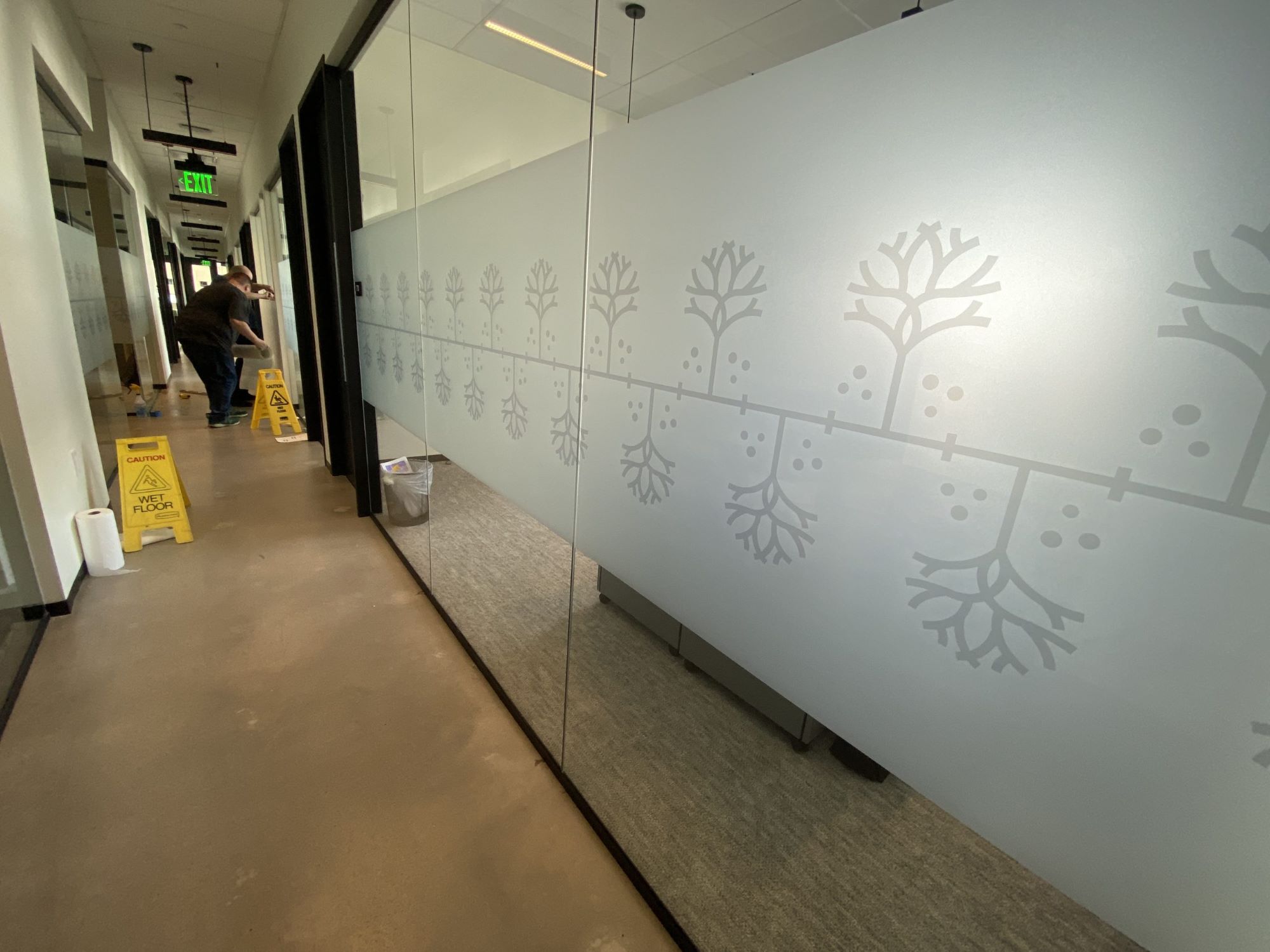

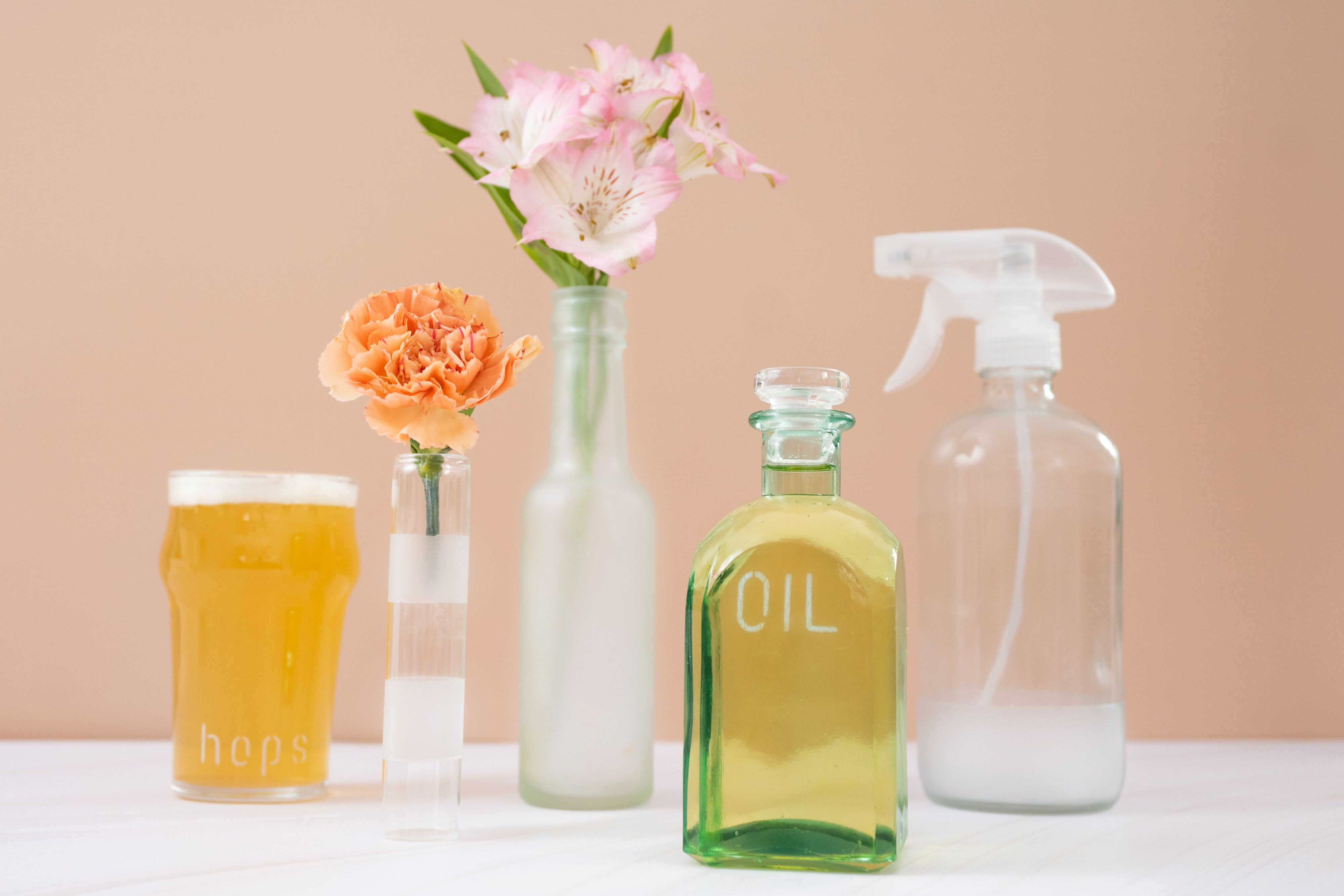
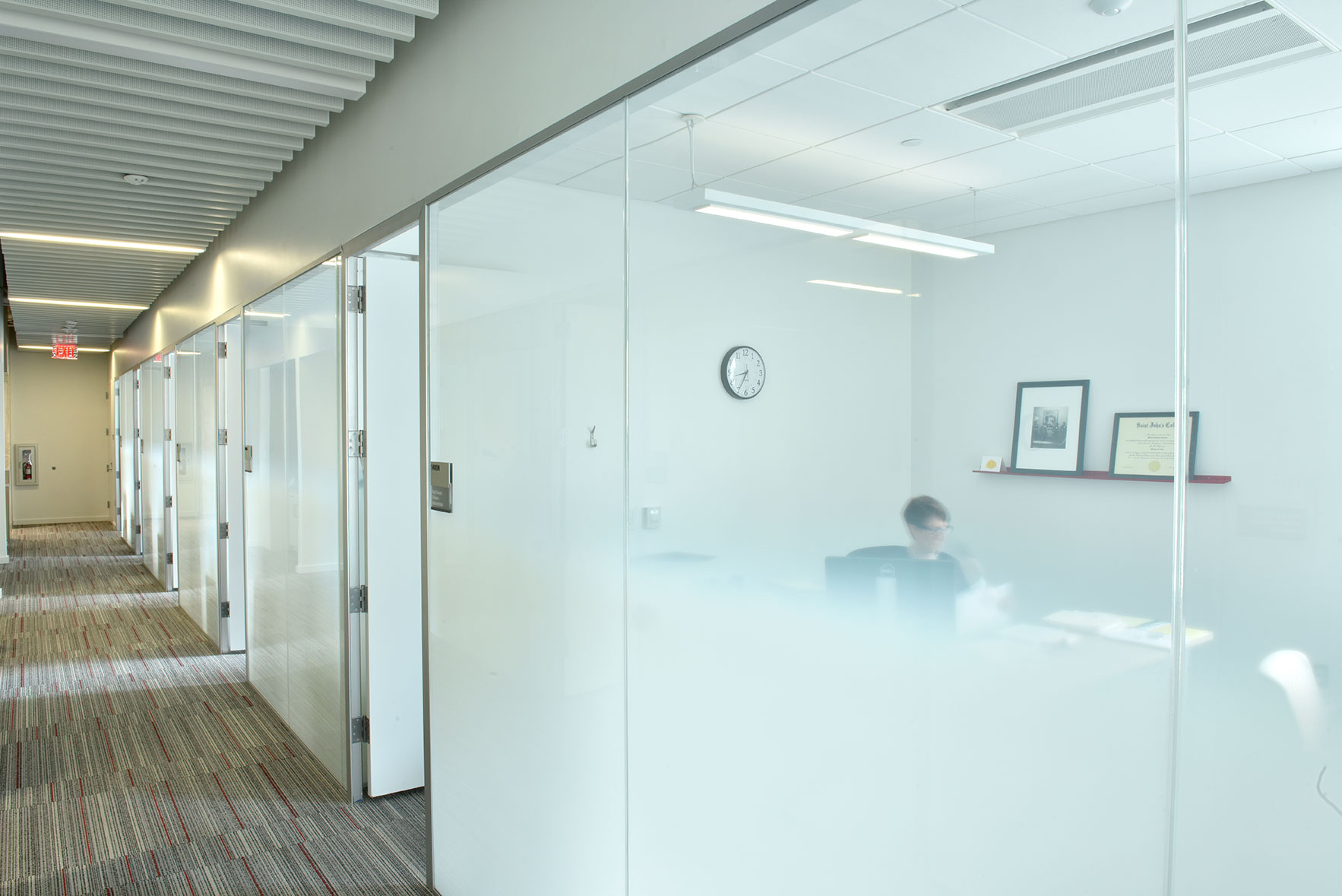
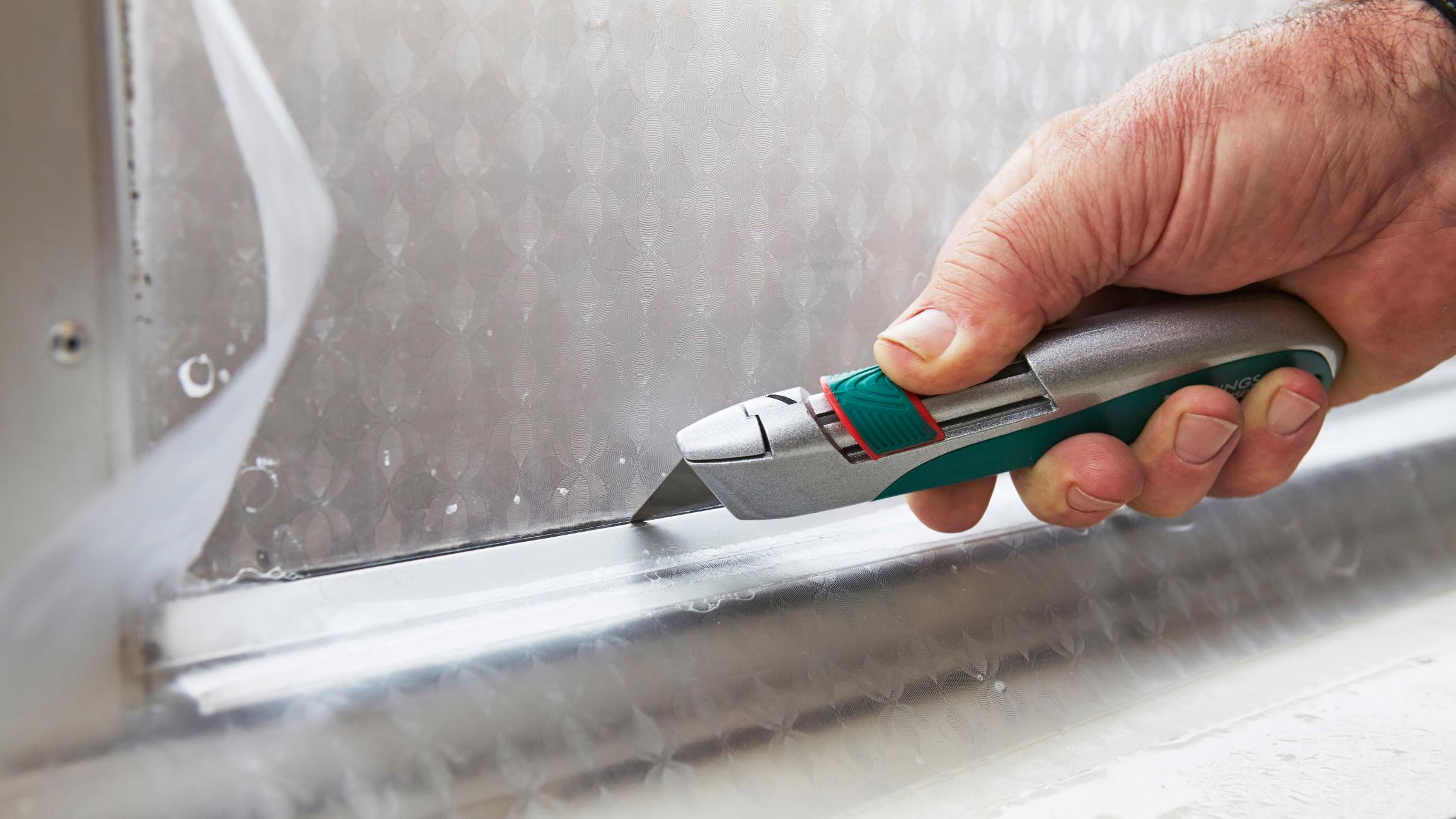
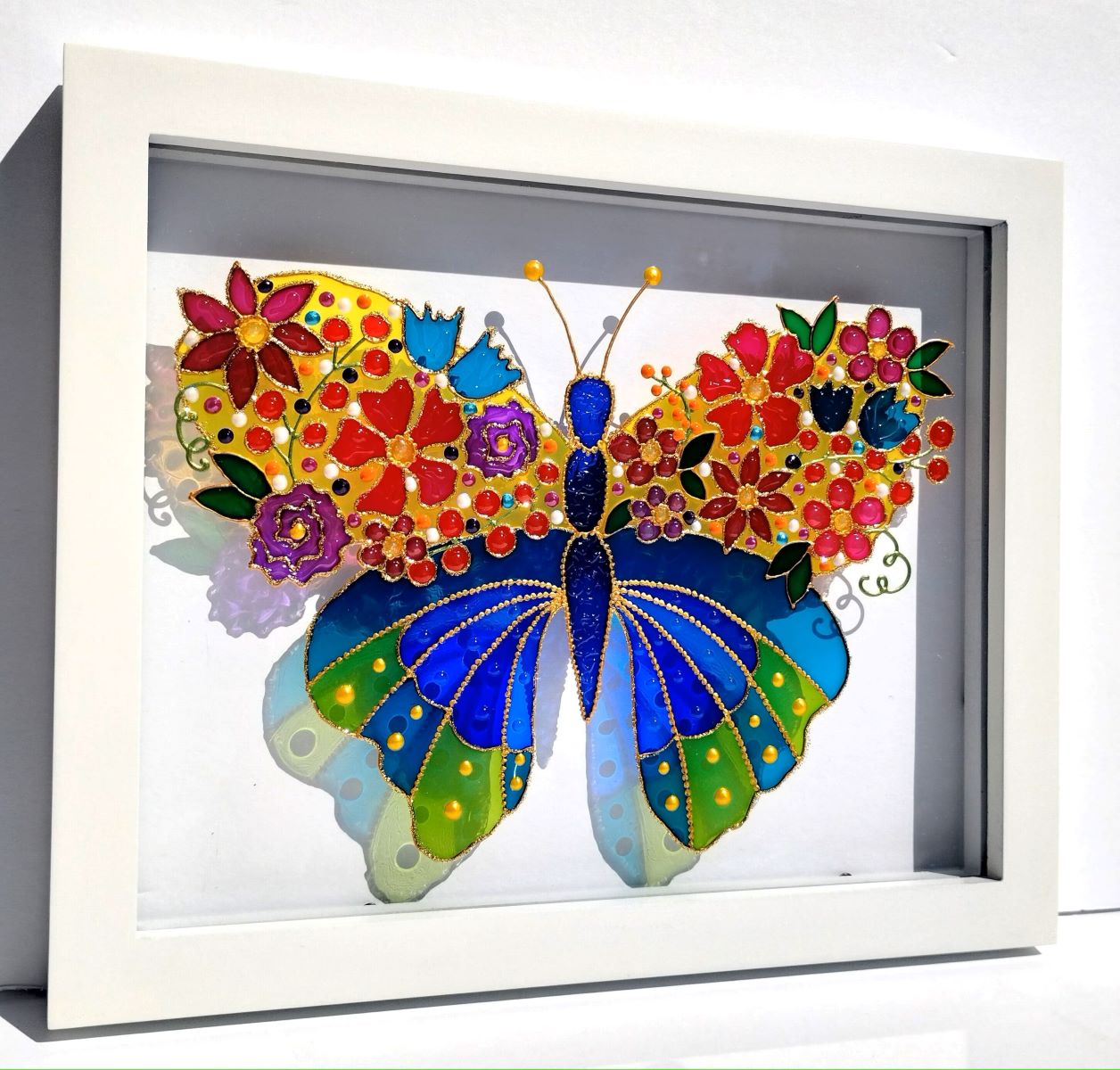
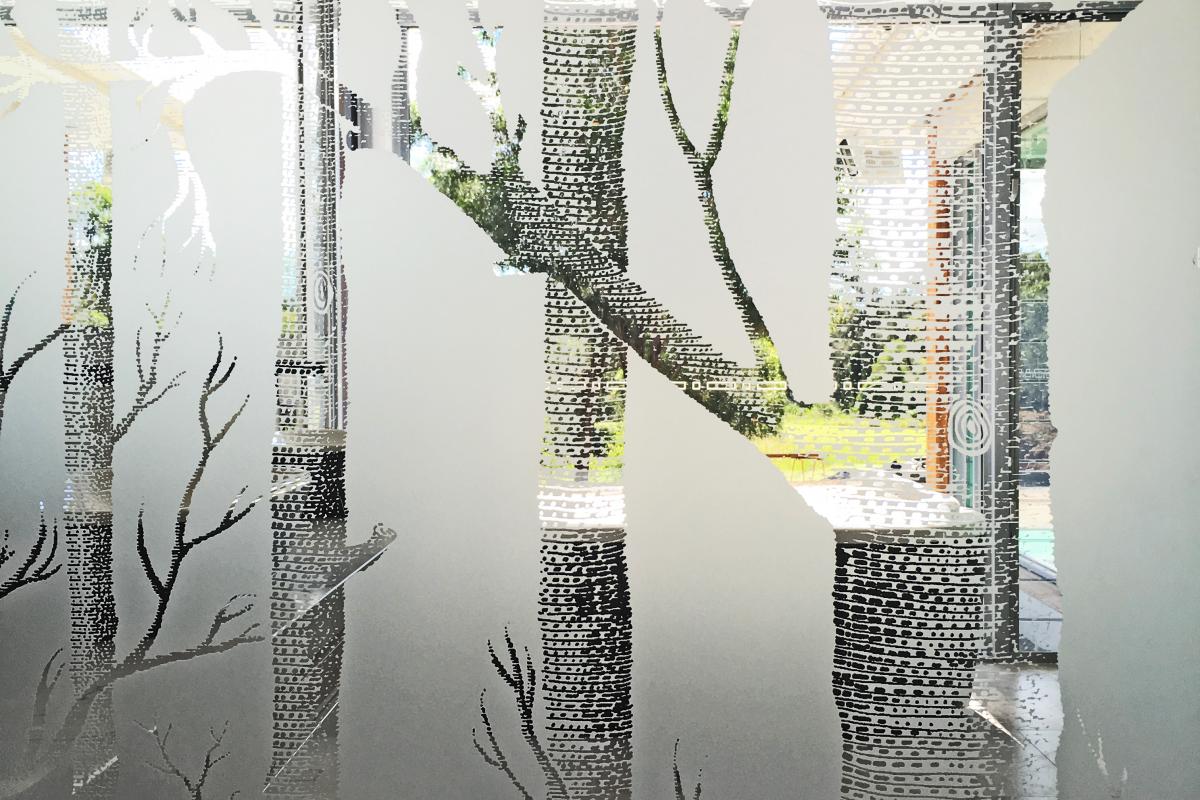
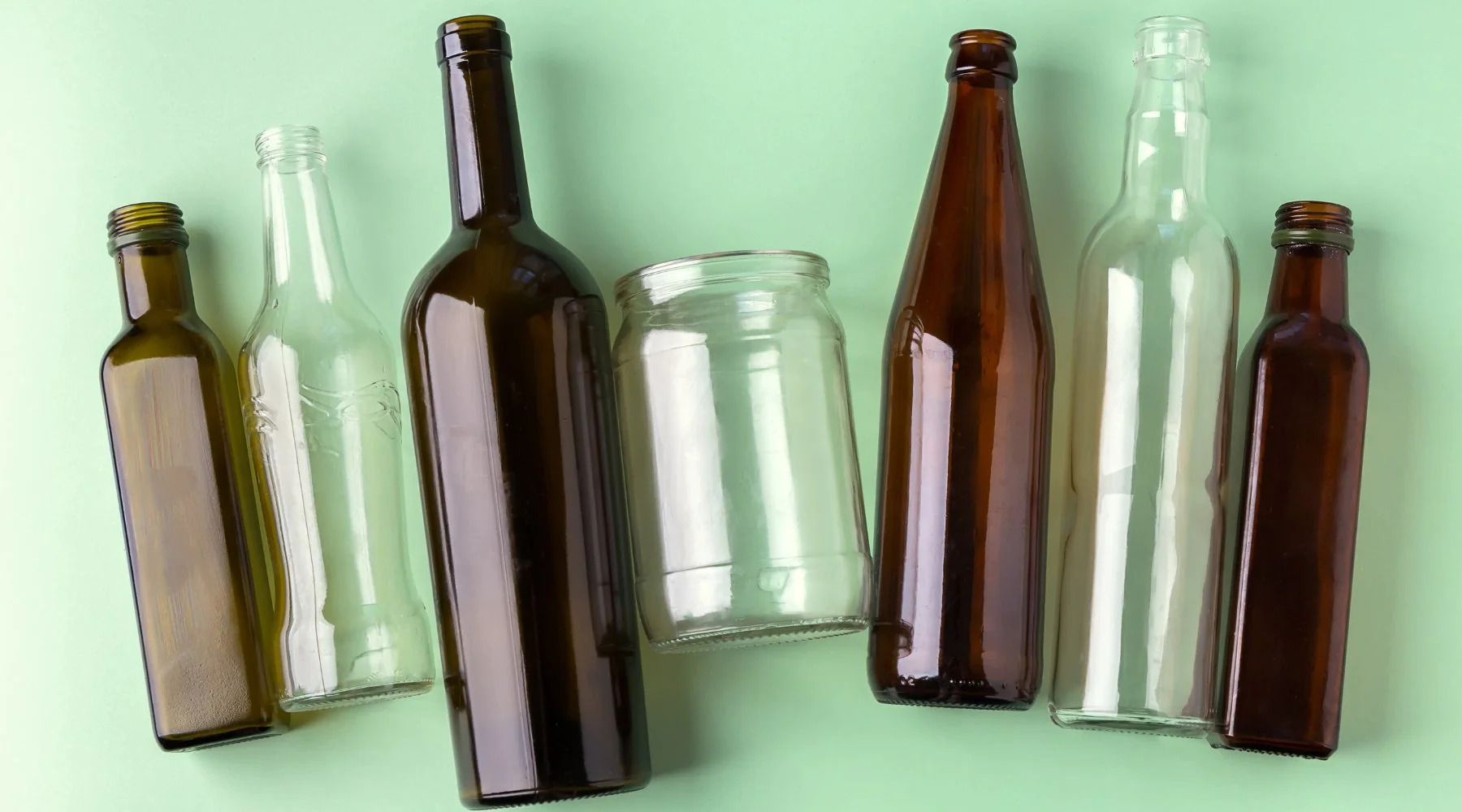
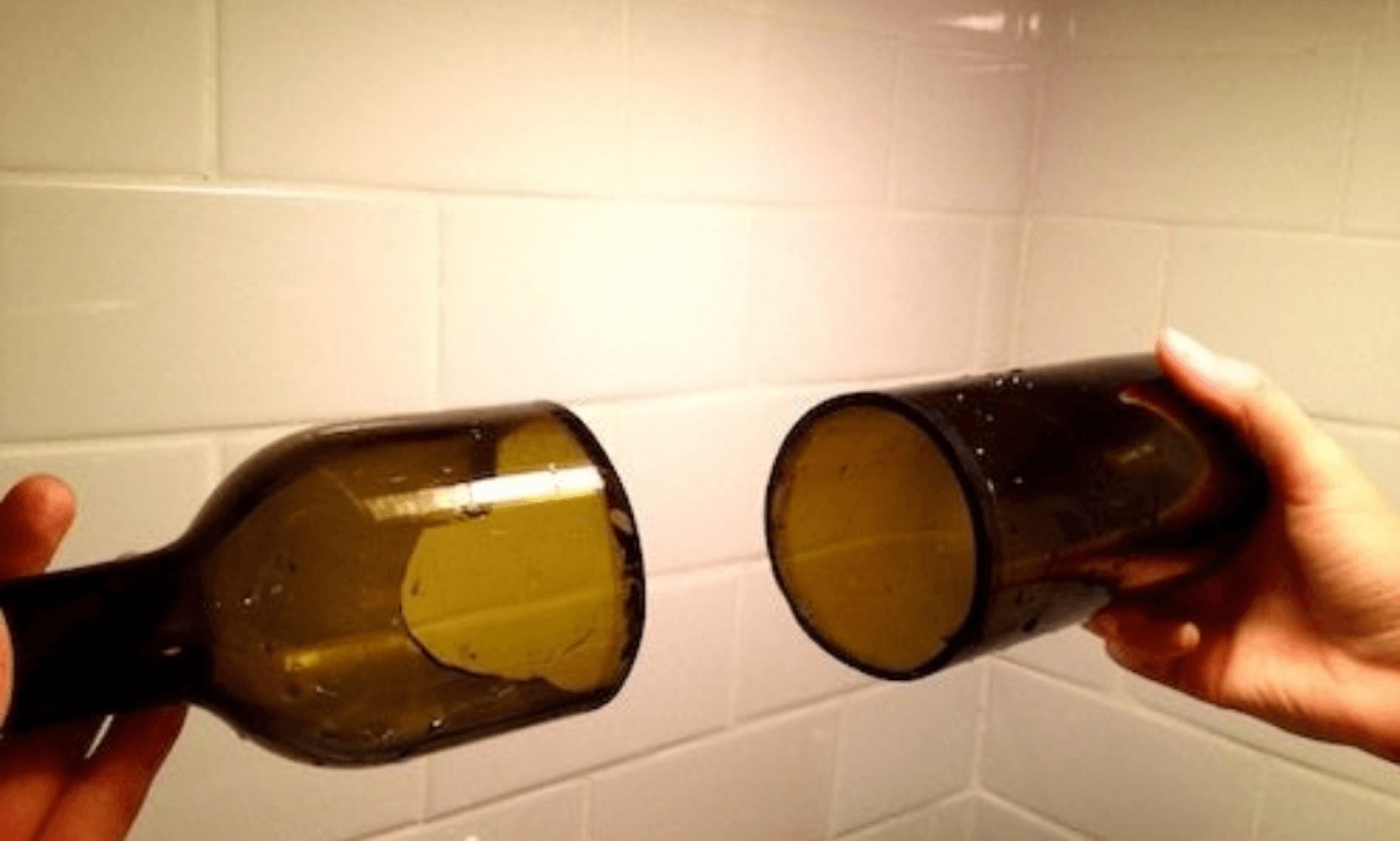
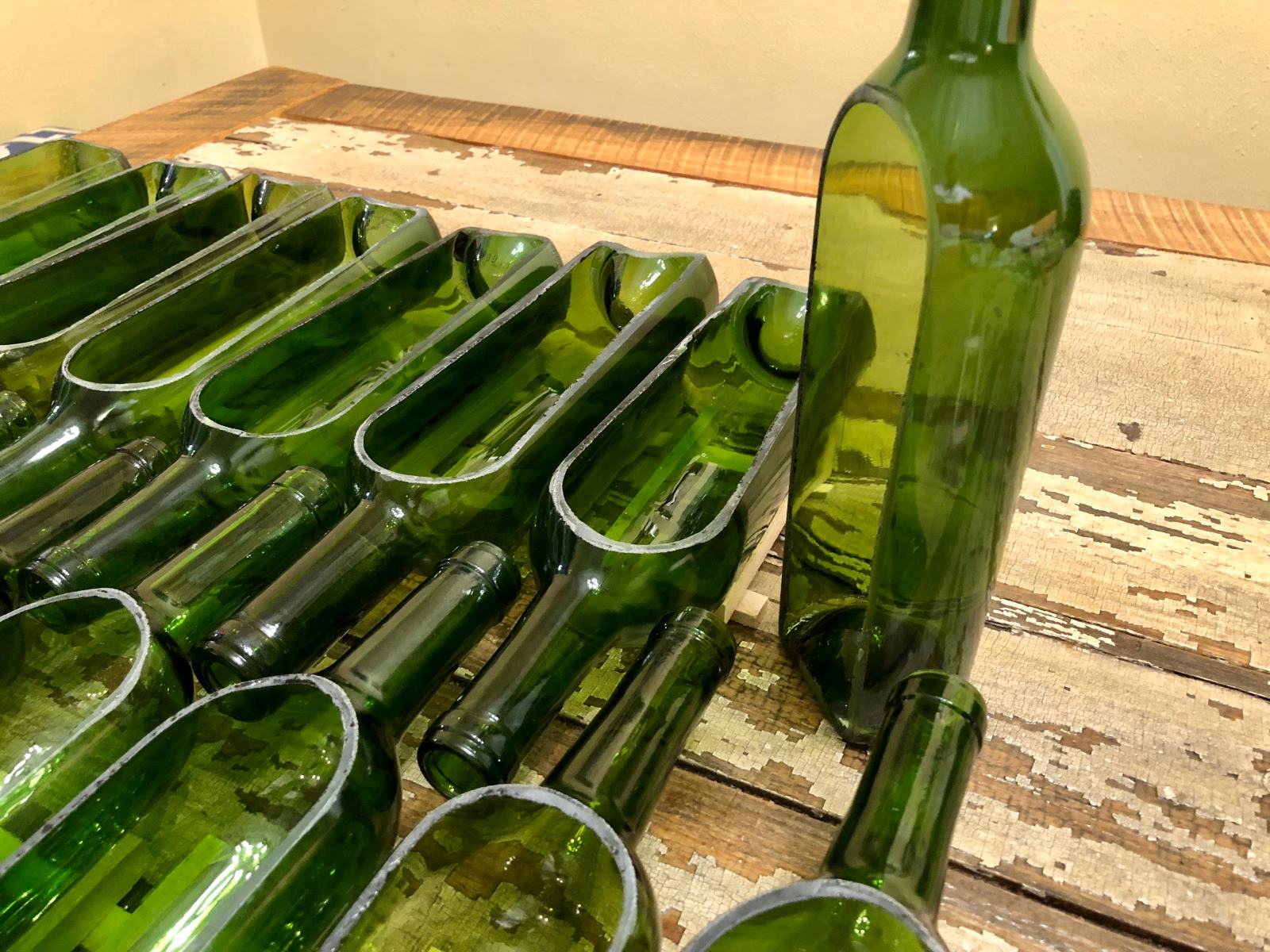
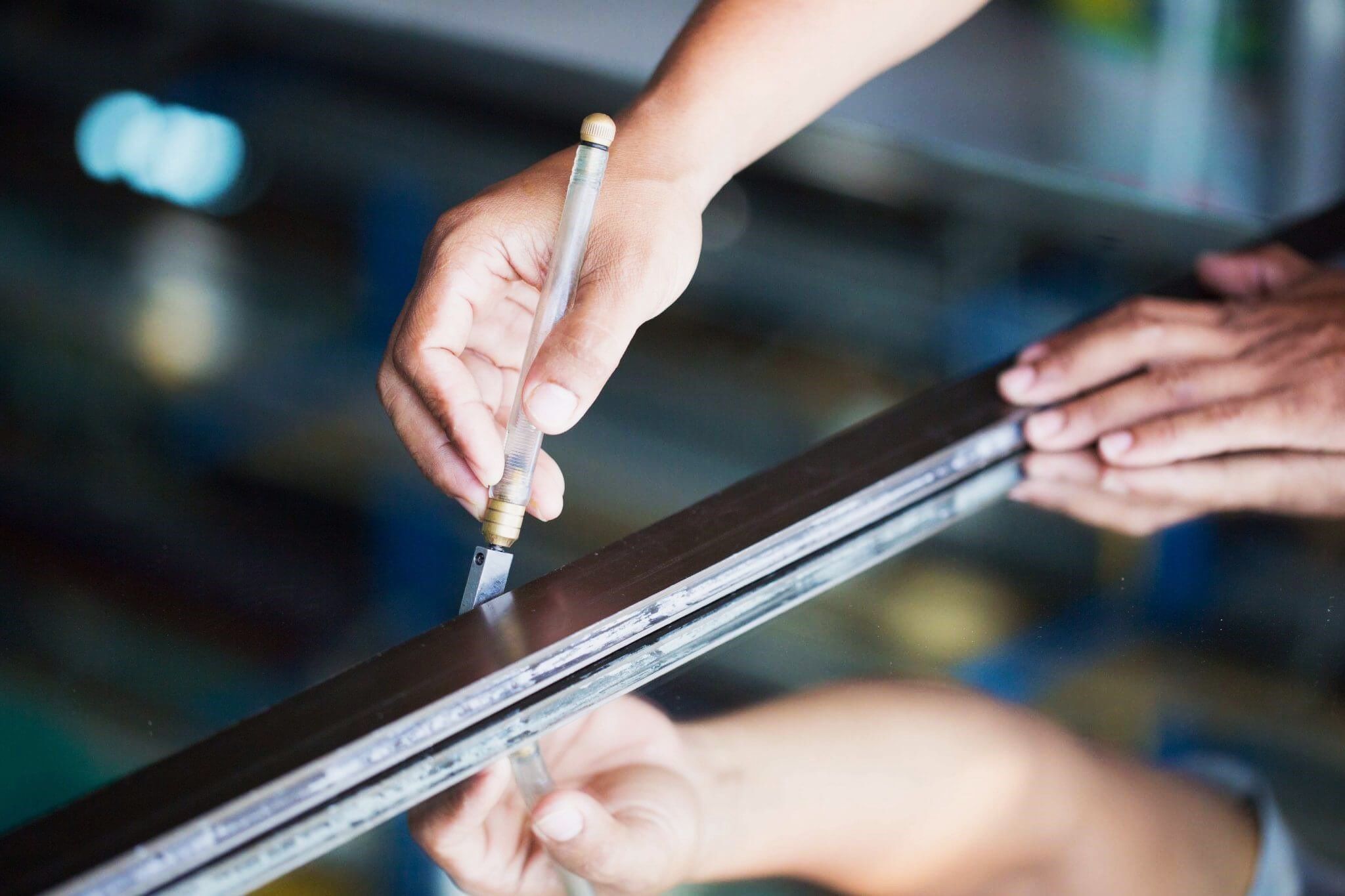
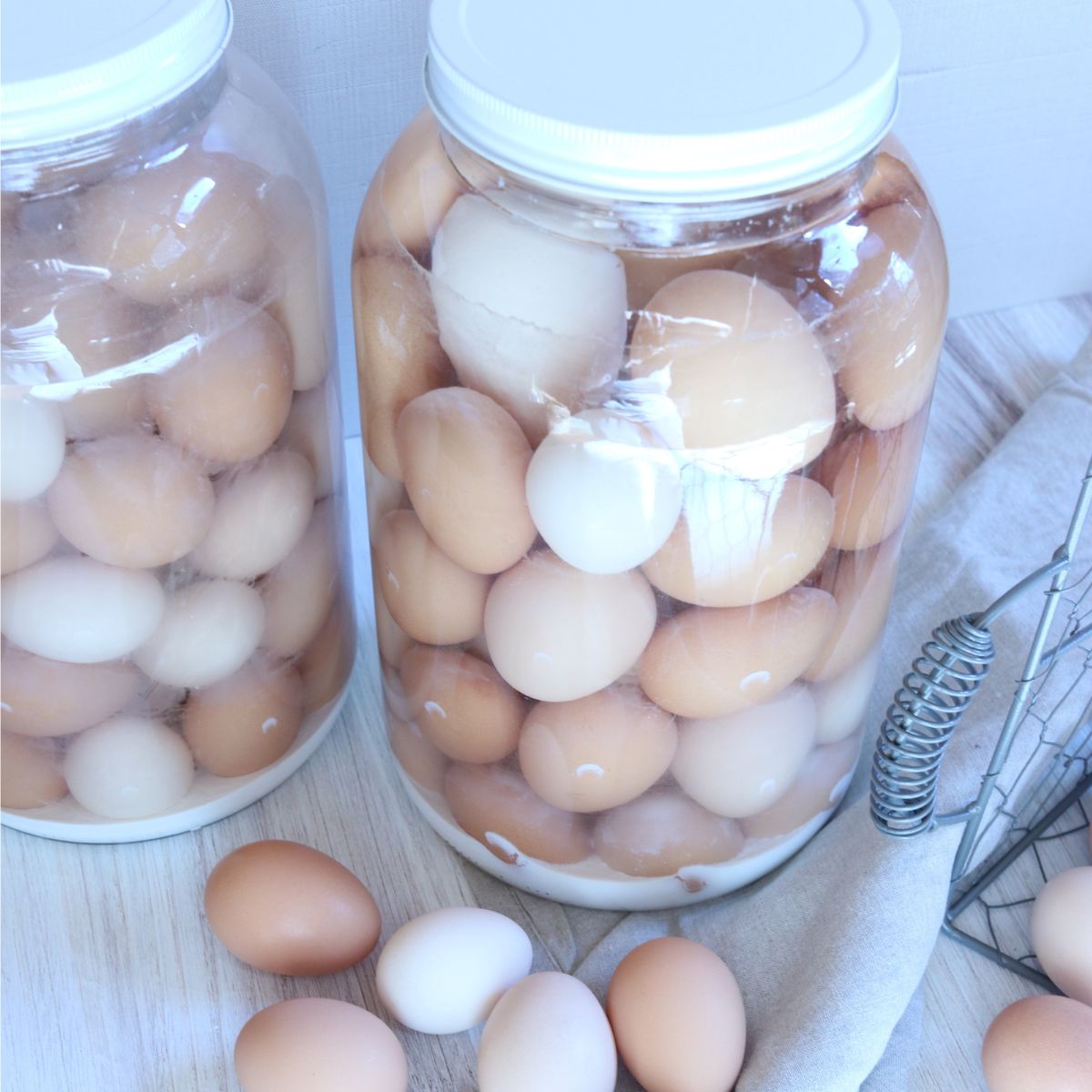

0 thoughts on “How Do You Frost Glass”